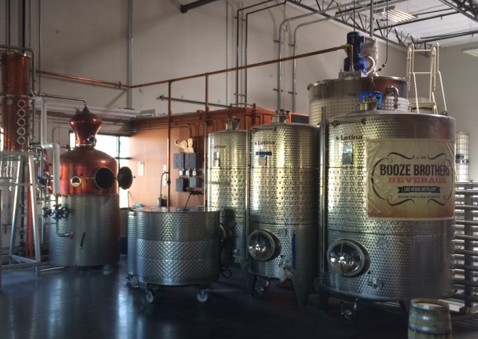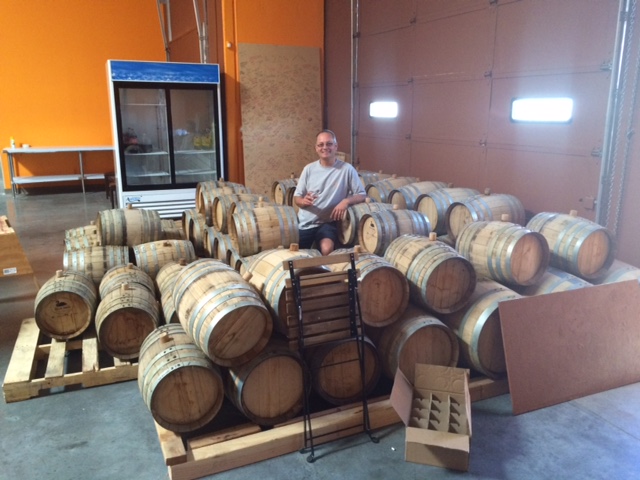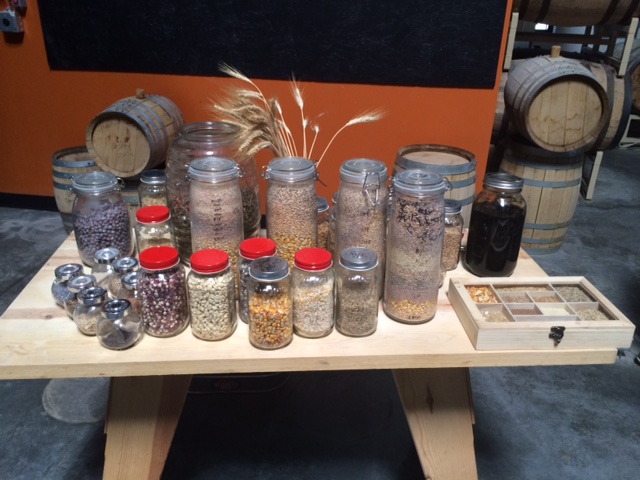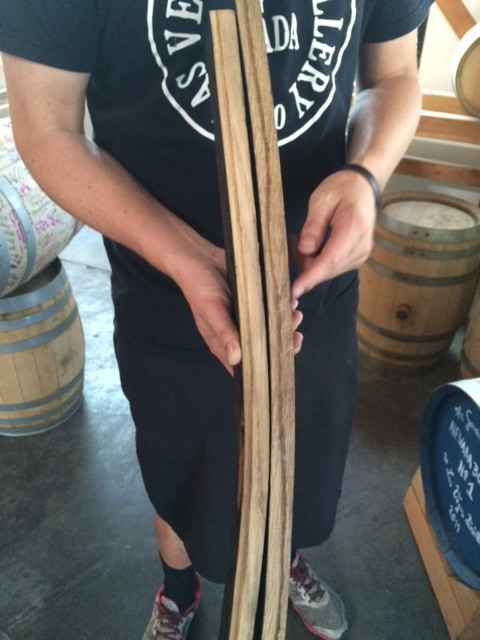Updated on November 20, 2015
The ABC’s of Bourbon Whiskey
On a recent trip to Las Vegas (my wife was meeting Michael Buble, but that is a different story), my friend Ray introduced me to his new friend George. George explained to us that he had lived in New York and decided he wanted to make whiskey for a living somewhere where there were no distilleries. He looked it up and found there were none in Nevada, so he moved his family there and started the Las Vegas distillery (he even wrote the Nevada Craft Distillery Bill). We had a private tour and met the master distiller, who walked us through the process, which is a good way to introduce you to whiskey.

Whiskey (note it is spelled with an “e” in the USA and Ireland) in North America is very different than whiskey in Britain and Ireland due to the ingredients utilized, as well as the production methods. There is a renewed interest in American whiskey—particularly with the advent of newly released fruit and honey flavored whiskies.
Most people think of Kentucky when they think of American whiskey. Kentucky was responsible for using native corn in the 1700’s (which became the standard for America) rather than European grains. Barrels shipped from Kentucky were labeled “Old Bourbon Whiskey” and the name stuck.
A good way to understand the basics of American bourbon whiskey is to follow these ABC’s:
A – Bourbon can actually be made anywhere in AMERICA.
B – Bourbon must be made with new charred oak BARRELS.
C – CORN must make up 51% (or more) of the grains used.
D – It must be DISTILLED to a maximum of 80% abv (alcohol by volume).
E – It must ENTER the barrel at no more than 62.5% abv.
F – It must be FILLED (bottled) at no less than 40% abv.
Let’s take these one by one.
A. As you can tell by my Las Vegas Distillery tour, bourbon can be made anywhere in America—as long as it follows all the rules mentioned above.
B. The char on the barrels is essentially charcoal, which is an effective way to remove harsh elements in the newly distilled spirit (called “white dog”). American white oak is often used, because it imparts additional flavors of vanilla, caramel, coconut, pine and sweet spices, in addition to color. Interesting side note: since legally the bourbon barrels can only be used once, they are resold to other alcohol producers (e.g. Scotch Whisky, craft beers) that like to age their alcoholic product in old bourbon barrels, so their product picks up some of these flavor characteristics.

Whiskey Barrels Aging
C. Alcohol is created from a sugar solution, which is called a “mash.” This is essentially cooking grains, such as corn, in order to hydrolyze the starches. The specific grain recipe is called a “mash bill.” Pictured here is the Las Vegas Distillery mash bill display.

LV Distillery Mash Bill
D. Yeast is added and fermentation creates alcohol. Distillation is the method to extract the alcohol (which has a lower boiling point than the other mash ingredients). Typically bourbons are double distilled. Unlike whiskies in many parts of the world, in America there is no minimum aging requirement.

Heat forced whiskey into barrel staves.
E. Kentucky is an excellent state for aging whiskey in a barrel. The combination of cool winters and hot summers allows the whiskey to absorb flavors much more quickly than it does in cold Scotland. In the heat, whiskey expands into the charred wood barrels, gaining more flavor. Of course, Las Vegas gets very hot, so this picture gives you an idea about how far into the barrel the whiskey is forced into the wood staves.
What floor the barrel is on in the Kentucky rackhouse used for aging will make a difference on the final product as well, so producers will blend the barrels to obtain their signature style. But since certain barrels held in prime aging locations are likely to be the best, these “honey barrels” are often sold for a premium as “single barrel” or “small batch.”
Different producers collect their white dog at different levels of alcohol. Maker’s Mark distills to 65% abv while Wild Turkey distills to 56% abv. Generally speaking, the higher the distillation abv, the less rich the product. Outside of Kentucky, the most famous producer is Jack Daniels in Tennessee. This producer slowly drips their white dog through a three meter deep bed of sugar maple charcoal before putting it into the barrels for aging.
F. While the minimum legal abv is 40%, there are a number of producers that bottle at higher strengths, especially with their limited edition offerings.
If you see “straight whiskey” on the label, this means that it has been aged at least two years and no coloring or flavoring may be added. Straight whiskey can be made from rye, malt, rye malt, and corn. People often gravitate to a specific producer, because each mash bill is different. Corn is known for producing a softer, sweeter whiskey. More aromatic rye gives a lemon-tinged, spicy and dusty “attack” on the mouth, with an acidic and slightly oily quality. Malted barley tends to provide a dry finish, as well as some sweetness and a taste reminiscent of biscuits. Wheat produces a softer style. Which of these descriptions leads you to research an American whiskey style that you would like to try?


Im obliged for the blog post.Really thank you! Cool.
Hello. magnificent job. I did not expect this. This is a great story. Thanks!
This really answered my problem, thank you!
Greetings! Quite helpful advice on this post! It truly is the small changes that make the largest
changes. Thanks a lot for sharing!
Hi there! This post could not be written any better! Reading through this post reminds me of my previous room mate!
He always kept talking about this. I ‘ll forward this
article to him. Pretty certain he’ll have a great
read. Thank you for sharing!
Great line up. We will be linking to this excellent
article on our website. Keep up the great writing.
Great article, exactly what I was looking for.